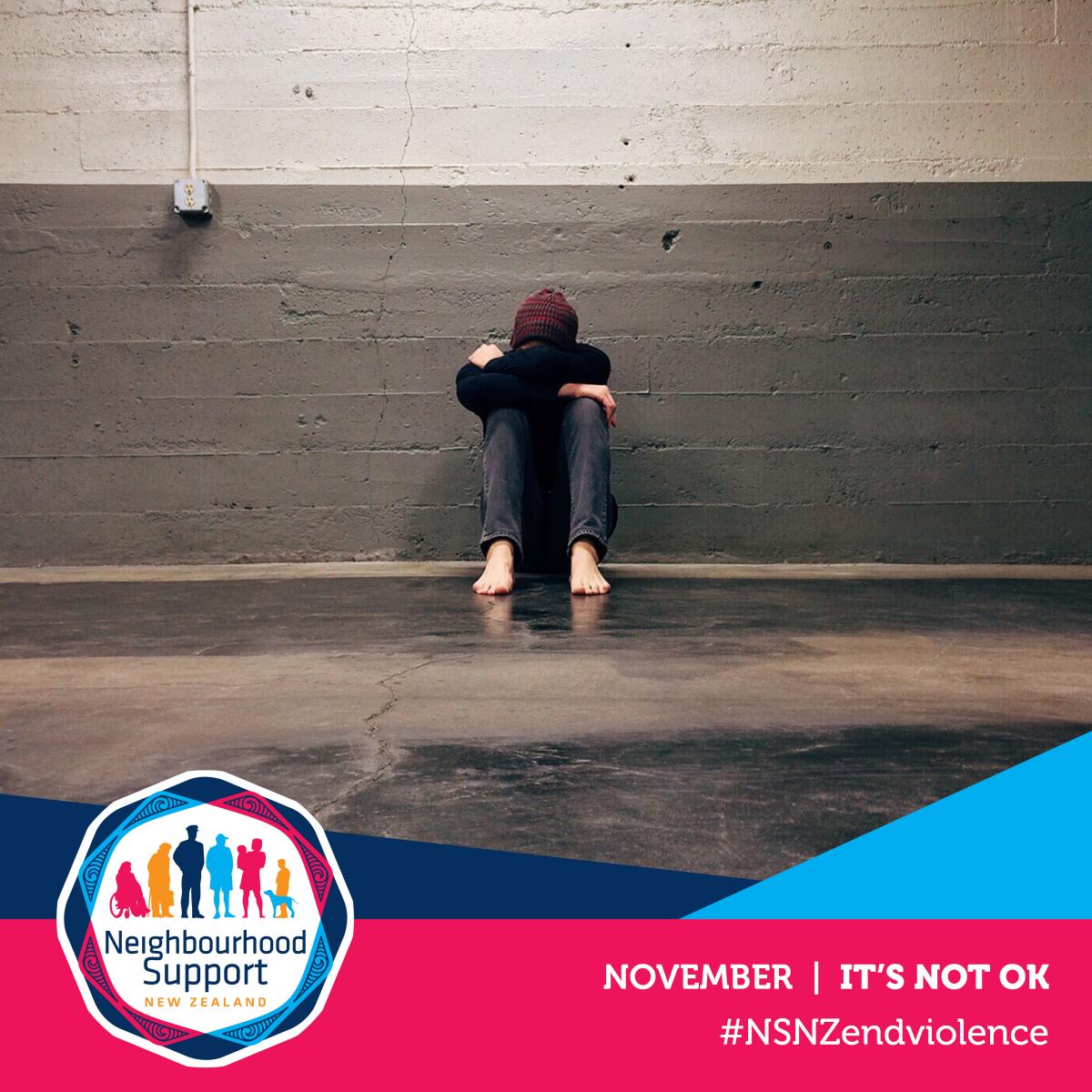🙅♀️ It’s Not OK - November 1st to 30th 🙅♂️
Creating safer communities means ensuring that no one lives in fear of harm on the streets or in their own home. For the month of November, we want to raise awareness and work together to end all forms of violence including family harm, elder and child abuse, sexual assault, gang violence, and more. These victimisations affect us all and can have lasting effects that spill into our everyday lives including at work and school.
To do your part this month, perhaps consider supporting a women’s refuge or work with Police in your area to host an info night on how to identify elder or child abuse in your community. This month’s campaign also coincides with White Ribbon Day on 25 November which is an internationally celebrated day that aims to prevent violence towards women.
Let us know how you’re spreading the ‘It’s Not OK’ message in your home or in your community by tagging us in your posts + using the following hashtag so we can see what you get up to:
#NSNZendviolence

Open New Years!
Check out our whimsical styles at the Red Cross Shop K Road 🦋 OPEN EVERY DAY over New Years - regular hours 🩷
📍191 Karangahape Road, Auckland Central
🕐 Mon-Sun: 9.00am to 5.30pm
📞 093778072
WOOLWORTHS REWARDS CARD
To the lovely man who kindly let me use his Woolworths rewards card - I was buying brandy snaps etc can you please message me, thank you very much.
You made a comment you'll be asked why you are buying brandy snaps.
Estelle











 Loading…
Loading…




